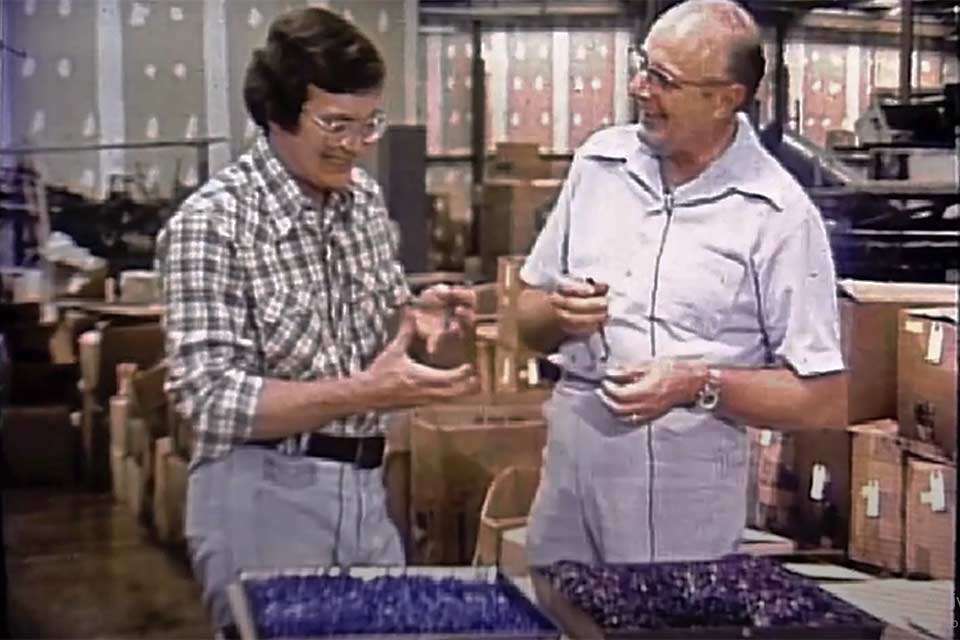
Reader Andy Johnston sent in any interesting piece of history in fishing lore — how the iconic Fliptail worm came to be.
Johnston, who now runs the ideagroup in Atlanta, produced the Georgia Traveler series for WSB-TV Action News in the 1970s and 1980s. He recently found some of the old videos and began posting them to YouTube.
One for the bass fishing folks is a report on Bill Stembridge, who explained how he created the legendary Fliptail worm. It holds a special place in B.A.S.S. history — Bill Dance used a Fliptail to catch the first fish in the 1967 All-American on Beaver Lake, the first Bassmaster event,.
Stembridge was a mechanic for Delta Airlines but enjoyed his fishing, as well as tinkering with lures.
“I was fishing about as much as I was working on airplanes,” Stembridge said for the report. “I was designing my own fishing lures and working with my hands … I designed the first Fliptail, and we started catching fish on it. Before long, distributors were asking me to make them. This is the way the business started.”
The video goes on to show production, which was at quarter of a million worms per day with 30 color combinations.

Pandemic sees fishing catch on
In this age of the coronavirus pandemic, fishing has been a newfound or rediscovered pastime for more and more people. News stories from across the country report people were wetting hooks during the shutdown, possibly because it’s among the few activities where people can socially distance.
In a Vermont story chronicling how fishing license sales have nearly tripled from last year, Matt Breton, who serves for several outdoor groups, said he hopes the resurgence lasts.
“Long term, it has the potential to be really good, to maybe re-engage folks who have lost touch with how much they enjoyed standing in front of a lake with their kid, fishing,” he said for this article on VTDigger.org.
The Vermont state wildlife department has promoted fishing as “the ultimate social distancing activity,” and project coordinator Chris Saunders noted license sales also increased during recessions in 1988, 2001 and 2008, but “it’s never been quite like this.”
The Recreational Boating and Fishing Foundation reports its website, takemefishing.org, has experienced a 15% increase in traffic, and The Associated Press reported that online searches for fishing information has increased 300%.
“It’s great for mental health, stress relief, connecting with your family, creating memories, but health and safety is No. 1,” Stephanie Vatalaro, a marketing VP for the foundation said in a Voice of America article about fishing.
The above Facebook photo from Mike Sheldon Sr. shows the tackle shelves in a Minnesota Fleet Farm store nearly empty, and a report from Arkansas details how there’s been a run on bait and tackle.
“I’ve seen a lot of people go fishing that have never been fishing before, and people taking their kids, you know, that haven’t been before,” said Steve Spencer, co-owner of a bait shop in Benton.





